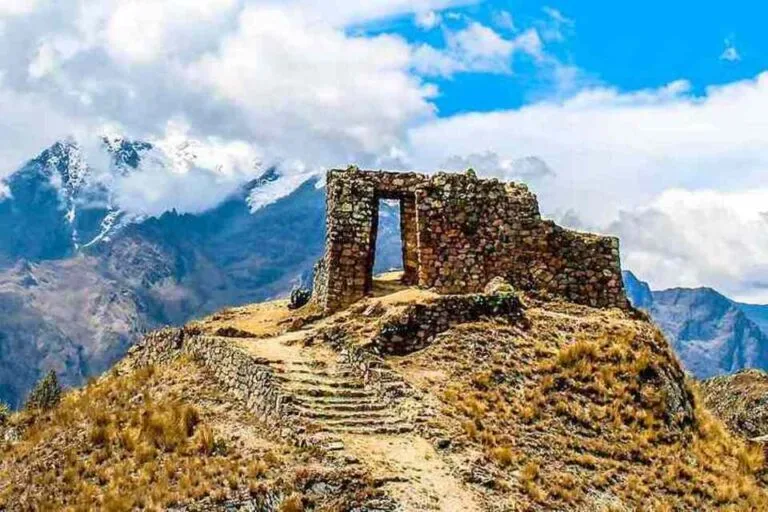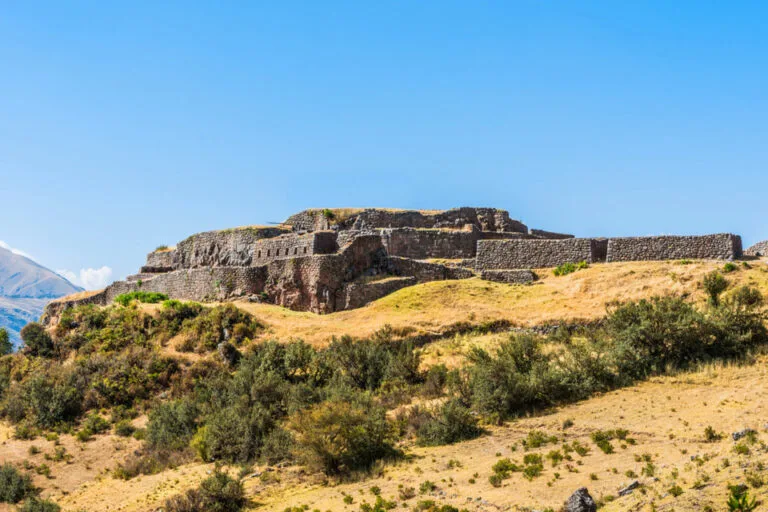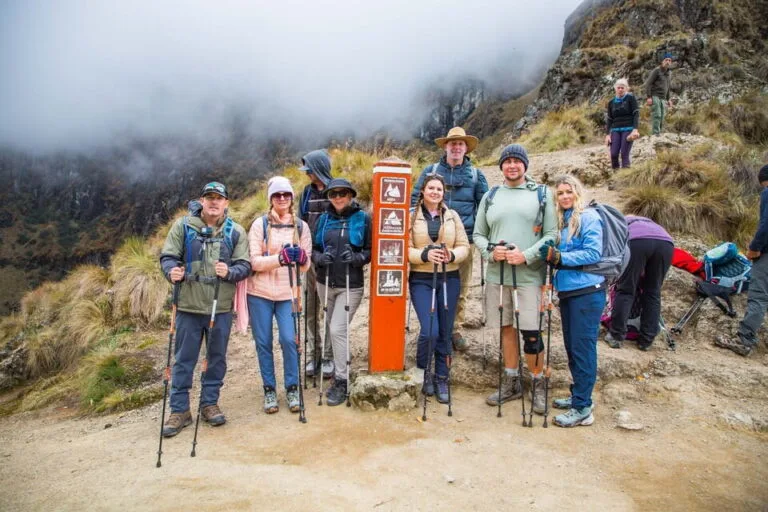In the heart of Cusco, the former capital of the Inca Empire, stands a remarkable stone that fascinates visitors from around the world: the Twelve-Angled Stone. With its flawlessly carved angles, this block of stone is a testament to Inca engineering and cultural legacy.
Location
The Twelve-Angled Stone is located on Hatun Rumiyoc Street, just steps from Cusco’s Plaza de Armas. The name of the street means "great stone" in Quechua, and it leads to the charming San Blas neighborhood. The stone is part of the wall of Inca Roca’s palace, now home to the Archbishop’s Palace and the Museum of Religious Art.
History
The stone dates back to the Inca era and formed part of the palace of Inca Roca, the sixth ruler of Cusco. Built with traditional Inca stone masonry, the structure features perfectly fitted stones without the use of mortar. During the colonial period, the palace was taken over and built upon by the Spanish, becoming the present-day Archbishop’s Palace. Despite centuries of change, the stone has endured as a symbol of Inca resilience and craftsmanship.
Site Description
Measuring approximately one meter in height and 1.20 meters in width, the stone is made of green diorite and weighs around six tons. Its twelve angles fit with astonishing precision into the surrounding stones, reflecting the Incas’ sophisticated knowledge of architecture and engineering. Hatun Rumiyoc Street, where it is found, is a narrow cobbled lane flanked by Inca walls and colonial buildings, offering visitors a truly picturesque and atmospheric experience.
Practical Recommendations
- Best Time to Visit: Early morning or late afternoon is ideal to avoid crowds and to appreciate the stone’s details under optimal natural lighting.
- Access: Free and open to the public, since the stone is located on a public street.
- Respect and Conservation: Do not touch or lean objects on the stone to help preserve it. Be mindful of the narrow street and local residents.
- Photography: Photos are allowed, but avoid using flash to protect the stone and respect other tourists’ space.
Frequently Asked Questions
1. Why is the Twelve-Angled Stone famous?
It’s known for its flawless twelve angles, showcasing the advanced Inca technique of building mortarless, earthquake-resistant walls.
2. Where exactly is the stone located?
It’s on Hatun Rumiyoc Street, a short walk from Cusco’s Plaza de Armas, forming part of the original wall of Inca Roca’s palace.
3. Can it be visited at any time?
Yes, since it’s on a public street, the stone is accessible 24/7. However, visiting during the day is safer and provides better visibility.
4. Do I need a guide for the visit?
It’s not required, but a guide can enrich your experience with historical context and cultural insights.
5. What other attractions are nearby?
Close by are the San Blas neighborhood, the Cusco Cathedral, the Museum of Religious Art, and many artisan shops and restaurants offering local cuisine.







